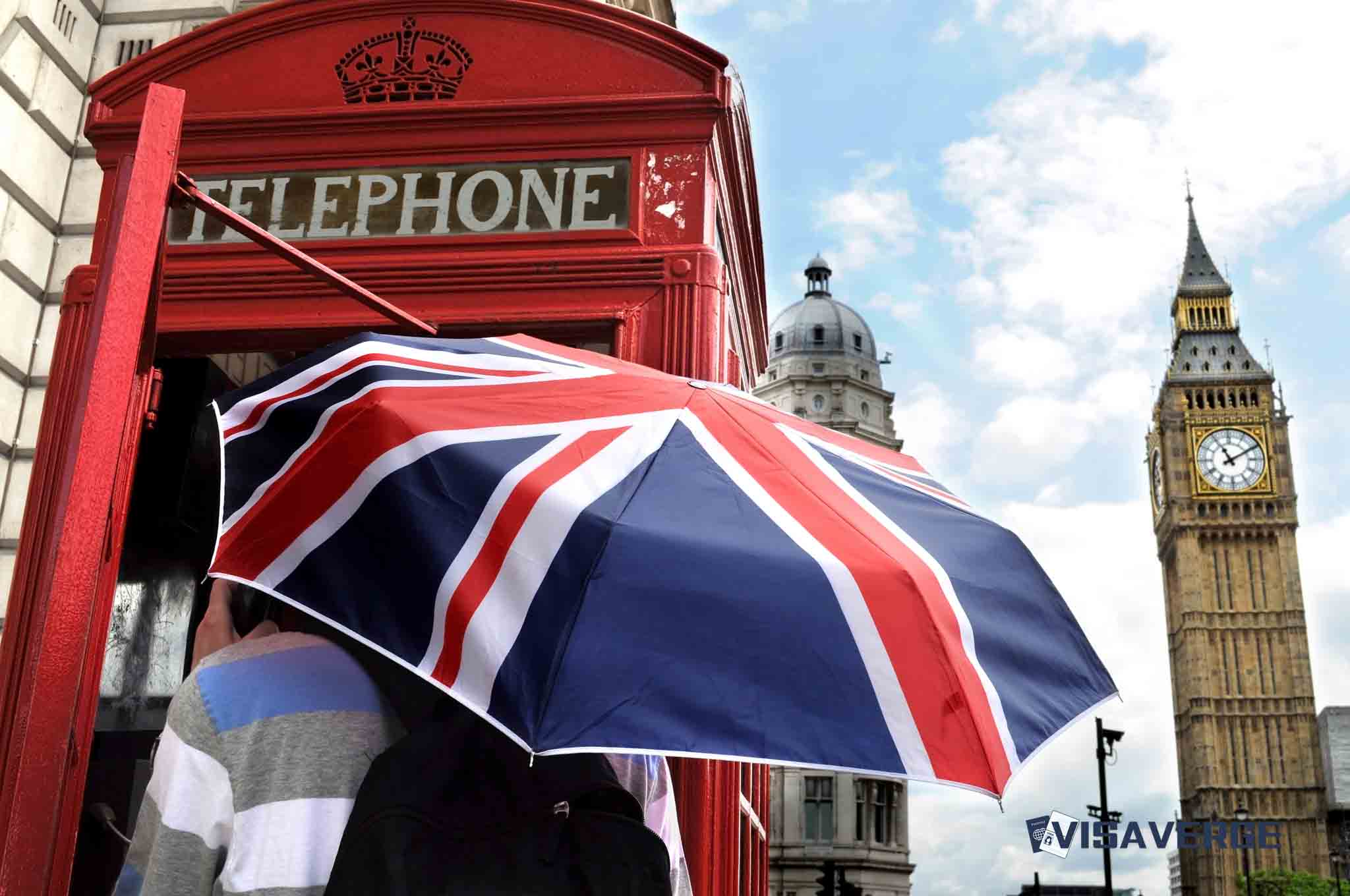The UK Home Office on November 5, 2025 confirmed the second deportation of a man, reportedly an Iranian asylum seeker, under the UK‑France “one‑in, one‑out” migration deal after he returned to Britain by small boat less than a month after his first removal. Officials said the removal took place on November 5, 2025, marking a high‑profile test of the agreement’s promise to swiftly return people whose claims fail while balancing those removals with legal arrivals from France.
The case highlights the policy’s central message to people attempting to cross the English Channel: repeated unlawful entry will lead to deportation.

How the “one‑in, one‑out” deal works
- The bilateral deal, effective since August 2025, allows the UK to remove migrants caught crossing illegally from France within 14 days of their claim being denied.
- For every person removed to France after an unlawful entry, the UK accepts one person through a legal route from France.
- Ministers say the twin‑track approach aims to:
- Dismantle smuggling networks that profit from dangerous small boat journeys.
- Cut the incentive for repeated crossings.
- Maintain a balance between removals and lawful arrivals.
Officials describe the operational focus as quick decision‑making, rapid returns, and a steady intake of people arriving lawfully to keep numbers in balance.
Timeline of this case
- September 19, 2025 — The man was first removed to France. The Home Office identified this as the third removal under the agreement since it began.
- October 18, 2025 — He returned to the UK by small boat, was located and processed.
- November 5, 2025 — He was again deported to France.
This sequence is used by the government to illustrate that swift, predictable enforcement, paired with a controlled legal pathway, can undercut repeat crossings. Officials emphasise that cooperation with French authorities is central at each stage: interception on land and sea, casework decisions, and physical transfer by scheduled operations.
Government messaging and operational developments
- Home Secretary Shabana Mahmood framed the second removal as proof the return pipeline is strengthening month by month:
> “This sends a clear warning that illegal entry by small boat will lead to removal.” - The Home Office says more flights are planned as caseworkers and escorts scale up activity under the deal.
- The agreement has yielded a record single operation returning 16 people to France in one flight, part of 42 removals carried out so far.
- Officials present these figures as evidence the deal is moving from pilot stage toward a more routine part of the Channel response as capacity improves.
Rationale and intended effects
Supporters inside government say the simple pairing—one removal for one lawful admission—is intended to:
- Remove the pull of swift, irregular passage while preserving a controlled door for safe, lawful arrivals.
- Weaken smuggling networks reliant on repeat fares.
- Reassure the public that removals and admissions are held in equilibrium.
The Home Office maintains that the clarity of this approach, backed by data‑driven operations, is essential to shift behaviour and reduce crossings.
Operational tempo and enforcement focus
The case timeline has become a touchstone for enforcement aims and operational speed.
- The 14‑day window in the agreement is emphasised to underline speed and certainty.
- Ministers point to the man’s re‑entry on October 18 and his second deportation on November 5 as an example of rapid response to repeat attempts.
- The department says it is increasing the number of caseworkers assigned to Channel cases and coordinating closely with French authorities to schedule grouped returns, which it considers more efficient than one‑off removals.
- Officials highlight the record flight of 16 returns as demonstration of coordinated operations.
Role of French cooperation
French cooperation is central to the deal’s mechanics:
- The agreement depends on France timely accepting people returned and facilitating a legal intake to the UK that mirrors the number of removals.
- The balance relies on the legal route running in parallel to uphold the “one‑in, one‑out” principle.
The Home Office has not released detailed breakdowns of nationalities in these operations in this update, focusing public messaging on the core elements: speed, balance, and deterrence.
Data, reporting and public information
- The Home Office says operational details of individual cases are limited for legal and privacy reasons; public reporting will focus on aggregate removals and the functioning of the bilateral framework with France.
- For authoritative official data on Channel activity, the government publishes a collection tracking small boat crossings and enforcement statistics at: https://www.gov.uk/government/collections/english-channel-small-boat-crossings-data
Key takeaways
- The second deportation on November 5, 2025, weeks after the man’s October 18 return, is presented by ministers as evidence that repeated unlawful entry by small boat will not succeed.
- To date under the agreement: 42 removals have been logged, including a record flight returning 16 people in one operation.
- The Home Office says it remains committed to scaling returns, coordinating legal admissions from France, and using regular grouped operations to reinforce the policy’s deterrent message.
Frequently Asked Questions
This Article in a Nutshell
On November 5, 2025, the Home Office deported a man for the second time under the UK‑France “one‑in, one‑out” deal after his October 18 small‑boat return. Active since August 2025, the agreement permits removals within 14 days of rejected claims and requires one lawful admission from France for each removal. Officials cite 42 removals so far, including a record single flight returning 16 people, and stress rapid decision-making, French cooperation and grouped operations to deter repeat crossings.













